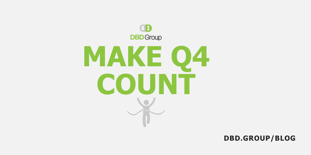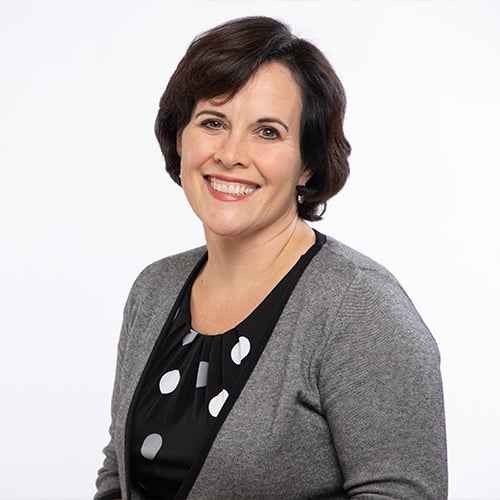 With the fourth quarter of the year is in the near future, this month we'll be sharing ways for nonprofits to make the most out of the last quarter and guidance for leaders as you are mapping out plans for the upcoming year.
With the fourth quarter of the year is in the near future, this month we'll be sharing ways for nonprofits to make the most out of the last quarter and guidance for leaders as you are mapping out plans for the upcoming year.
Taking a Closer Look at Your Board
I had an MRI a few months back.
Only then did I find out I had a torn labrum in my shoulder from a fall when I was hiking several months before.
Physical therapists had been working hard to help me address the pain and lack of mobility. But we were all guessing at what was wrong— we didn’t know for sure what the issue was.
They said, “We don’t think it’s your rotator cuff, but there appears to be some impingement going on…”
Once we had the MRI, the PTs were able to design a refined set of exercises to get me further faster.
Isn’t it this way with our nonprofit boards sometimes?
We can tell when a board is experiencing pinch points or pain. Board members themselves often know when their performance is not where we want it to be. But they are often flying blind, not sure where to focus their energy, because there are a hundred different points of intervention on a board, as with any complex team.
This is where a good board self-assessment comes in.
It can serve as an MRI of your current work, pointing you to specific areas that could use strengthening, along with other spots to celebrate.
Board Source recommends that all nonprofit boards complete a self-assessment at least every two years. Assessing your board at least every few years allows you time to implement new practices and approaches to address your greatest gaps and see how you are moving the needle over time.
What have we found in doing these self-assessments with boards?
Board members love to reflect on their work together and engage in the results. Self-assessments can lead to greater ownership of change and improvement because board members themselves identify what they as a collective could do better, and can then together author their own action plan.
These assessments also help a board to see themselves with fresh eyes. New members often have to answer “Don’t Know” to where you stand in certain areas, which point to where you might need board orientation or education.
DBD’s board self-assessment process includes best practice questions in the following areas:
- Board Meetings
- Board Governance and Committees
- Board and Staff Roles
- Legal Duties
- Fiscal Management
- Strategic Thinking and Planning
- Advocacy and Impact
- Fundraising and Philanthropy
We also offer a “Quick Start” self-assessment specifically designed for newer or smaller boards. Reach out to learn more about this powerful yet simple process and how we can help to engage your board in their own MRI.
In the meantime, don’t forget to do your PT exercises. Here are a few related posts as you work to strengthen your board:


